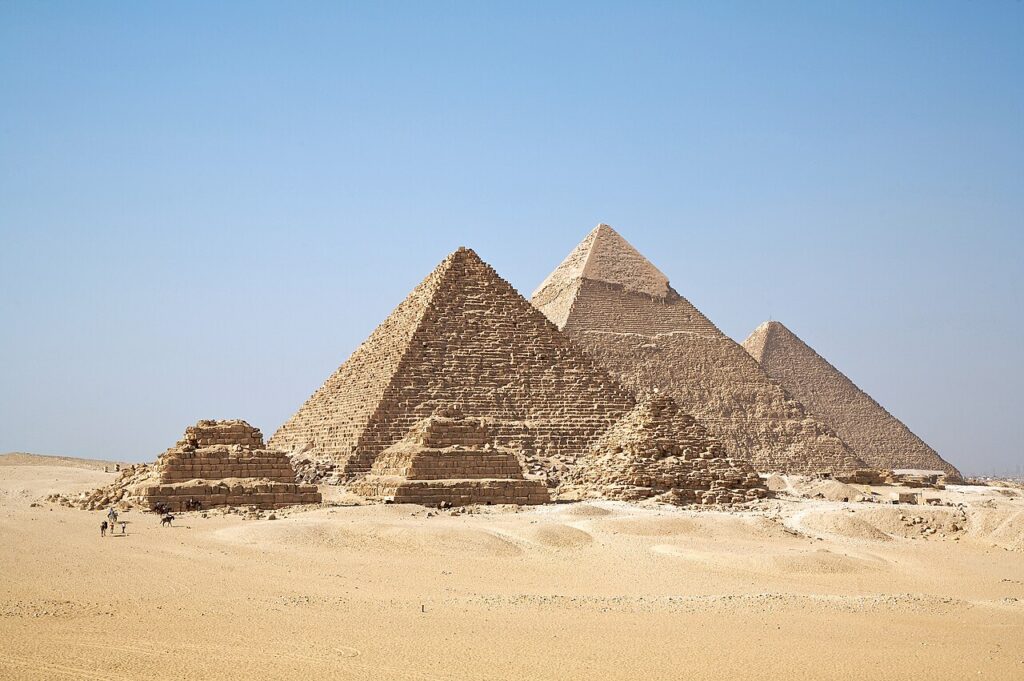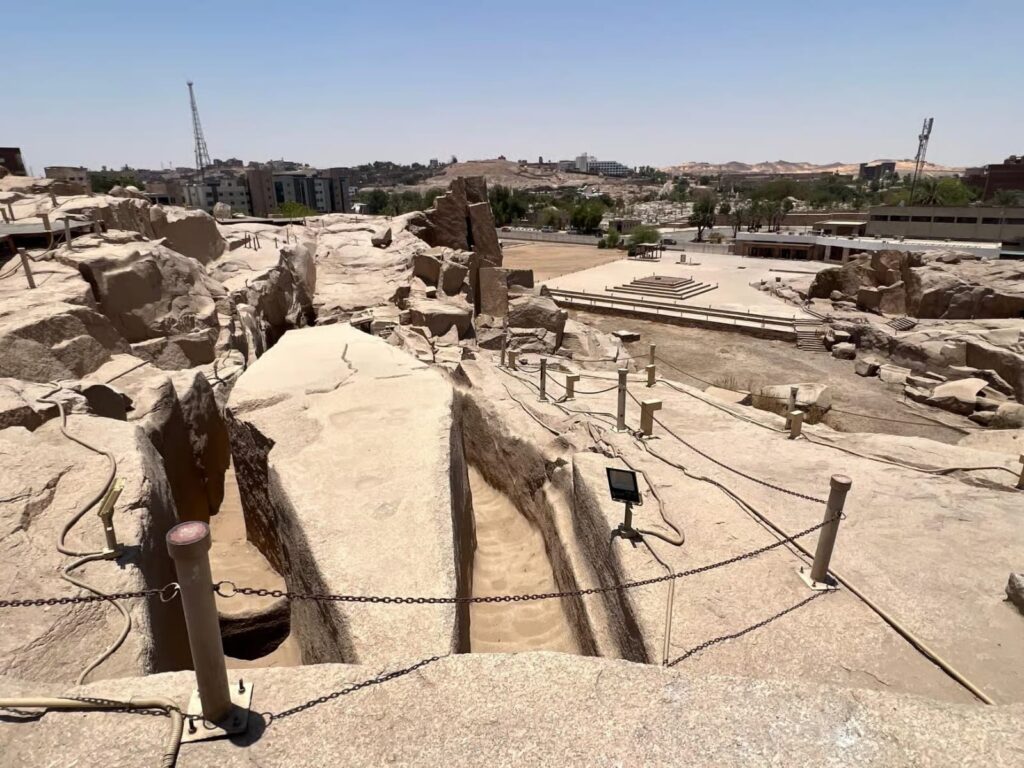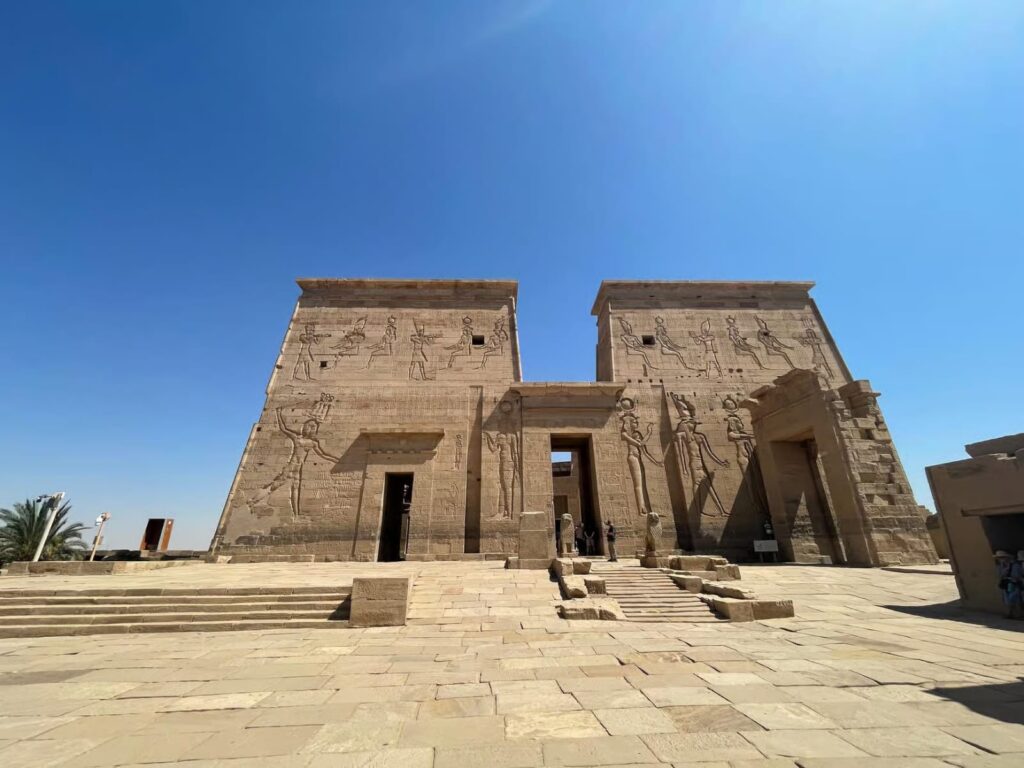Ancient Egypt is full of mystery, but not everything people say about it is true. Travelers often arrive in Luxor, Aswan, or Cairo with questions that mix fact, legend, and movie fiction. Some of these myths are harmless fun, others create confusion — all of them deserve a clear answer.
Here are the top Egyptian myths that modern travelers still ask about — explained simply.
Myth 1: The Pharaohs Were Buried in the Pyramids
The myth: Every pharaoh’s tomb is inside a pyramid.
The truth: Pyramids were royal tombs for Old Kingdom kings, mainly around Giza and Saqqara. By the New Kingdom (when Luxor and Aswan flourished), pharaohs were buried in rock-cut tombs, like those in the Valley of the Kings. Most pyramids had already stopped being used over 1,000 years earlier.
Myth 2: Mummies Come Back to Life and Curse Visitors
The myth: Ancient curses punish anyone who opens a tomb.
The truth: “Curses” were usually symbolic warnings — magical texts intended to protect the dead spiritually. The famous “Curse of the Pharaoh” after Tutankhamun’s tomb discovery is mostly coincidence and media hype. Archaeology today works with strict preservation and safety practices — no ancient revenge involved.
Myth 3: Aliens Built the Pyramids and Temples
The myth: Ancient Egyptians couldn’t have built massive monuments without extraterrestrial help.
The truth: There’s no evidence of alien technology. Ancient Egyptians had extraordinary knowledge of engineering, mathematics, astronomy, and organization. They used human labor, clever tools, ramps, and the Nile itself to transport materials. Their genius, not aliens, explains the wonders we see.
Myth 4: Ancient Egyptians Worshipped the Sun Alone
The myth: The sun god Ra was the only or main god for all Egyptians.
The truth: Egypt’s religion was complex, with hundreds of gods. While the sun was vital (Ra, Amun-Ra, Aten), each city had its own patron deities — like Amun in Thebes (Luxor), Isis in Philae (Aswan), and Horus in Edfu. The gods represented cosmic balance, natural forces, and human emotions — not just the sun.
Myth 5: Cleopatra Was Egyptian
The myth: Cleopatra, Egypt’s famous queen, was a typical Egyptian pharaoh.
The truth: Cleopatra VII belonged to the Ptolemaic dynasty — Greek rulers who took power after Alexander the Great. She embraced Egyptian religion and ruled as pharaoh, but her ancestry was Macedonian Greek. She’s remembered for her intelligence, politics, and dramatic life — not just romance.
Myth 6: Ancient Hieroglyphs Are a Magical Language
The myth: Hieroglyphs are symbols with hidden magic that only priests could use.
The truth: Hieroglyphs are a writing system — like an alphabet plus pictures. They recorded names, prayers, laws, and stories. Some were carved for ritual power, but mostly they were the normal way to write in temples, tombs, and monuments.
Final Thoughts
Egypt’s ancient world is exciting enough without the myths. Understanding what’s real helps travelers enjoy the sites even more — knowing why they were built, what they meant, and how they connect across thousands of years.
If you’d like to explore the truth behind Egypt’s legends with professional guides who can answer every question — from pyramids to pharaohs, gods to gold — Luxury Nile Tours offers private, fully guided journeys in Luxor, Aswan, Cairo, and beyond.
Discover Egypt’s wonders — the history, the stories, and the facts that make them even more magical.



